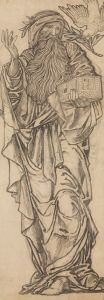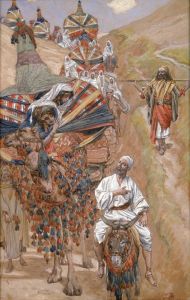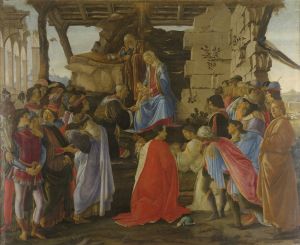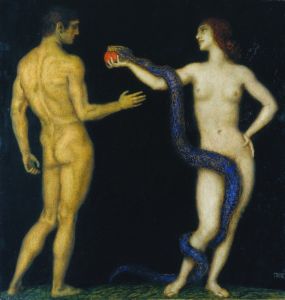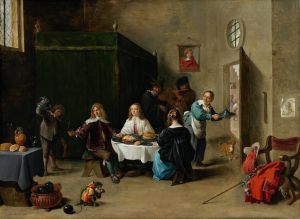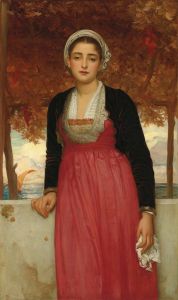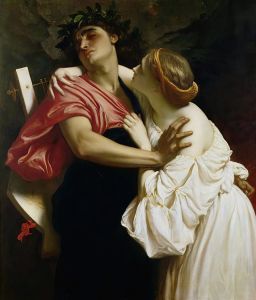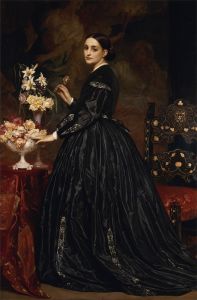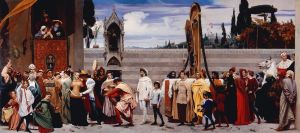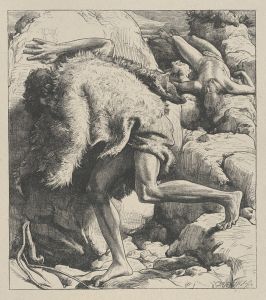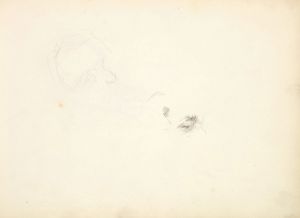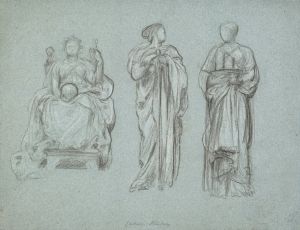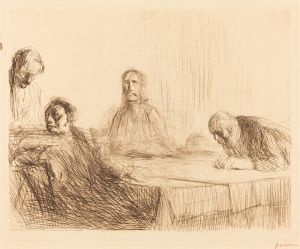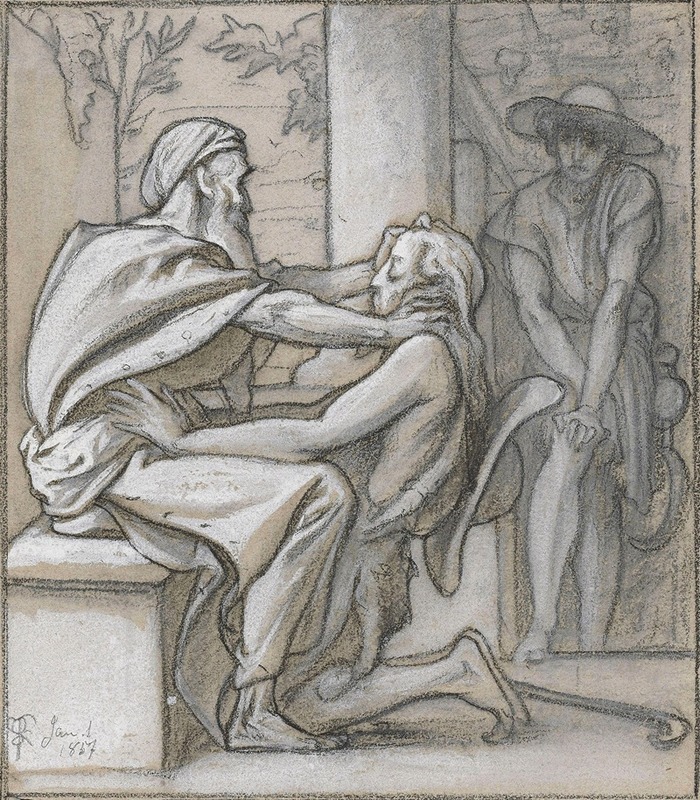
Jacob and Esau
A hand-painted replica of Frederic Leighton’s masterpiece Jacob and Esau, meticulously crafted by professional artists to capture the true essence of the original. Each piece is created with museum-quality canvas and rare mineral pigments, carefully painted by experienced artists with delicate brushstrokes and rich, layered colors to perfectly recreate the texture of the original artwork. Unlike machine-printed reproductions, this hand-painted version brings the painting to life, infused with the artist’s emotions and skill in every stroke. Whether for personal collection or home decoration, it instantly elevates the artistic atmosphere of any space.
Frederic Leighton, a prominent British artist of the 19th century, created the painting Jacob and Esau in 1863. This work is an oil painting that depicts a biblical scene from the Book of Genesis, focusing on the twin brothers Jacob and Esau, who are central figures in the Hebrew Bible. The painting illustrates the moment when Esau, the elder brother, sells his birthright to Jacob in exchange for a meal, a pivotal event in the biblical narrative.
Leighton was known for his academic style and his ability to convey dramatic and emotional moments through his art. In Jacob and Esau, he employs a classical approach, with careful attention to composition, anatomy, and the interplay of light and shadow. The painting reflects Leighton’s interest in historical and religious themes, as well as his mastery of storytelling through visual art.
The scene is set in a sparse, desert-like environment, consistent with the biblical setting. Esau, depicted as a rugged and muscular figure, is shown in a moment of exhaustion and desperation, emphasizing his physicality and impulsive nature. Jacob, in contrast, is portrayed as calm and composed, reflecting his cunning and foresight. The contrast between the two brothers is a central theme of the painting, underscoring their differing personalities and the tension in their relationship.
Jacob and Esau was exhibited at the Royal Academy in London in 1863, where it received attention for its dramatic interpretation of the biblical story. The painting is an example of Leighton’s early work, created during a period when he was establishing his reputation as one of the leading artists of the Victorian era. While the painting is not as widely known as some of Leighton’s later works, such as Flaming June, it remains an important example of his engagement with biblical and historical subjects.
The current location of Jacob and Esau is not widely documented, and it is unclear whether the painting is part of a public or private collection. Frederic Leighton’s broader body of work continues to be celebrated for its technical excellence and its contribution to the academic art tradition of the 19th century.





